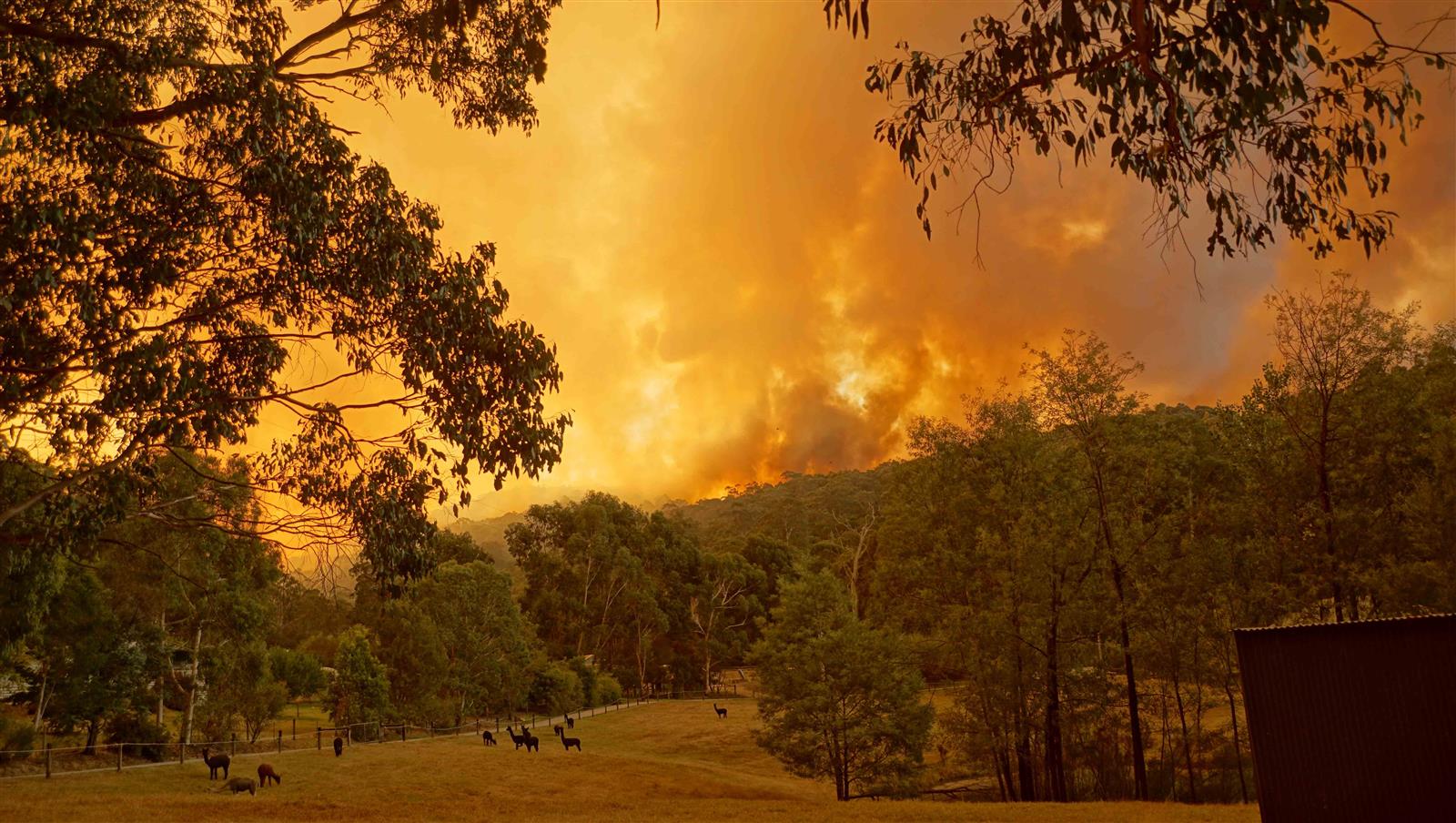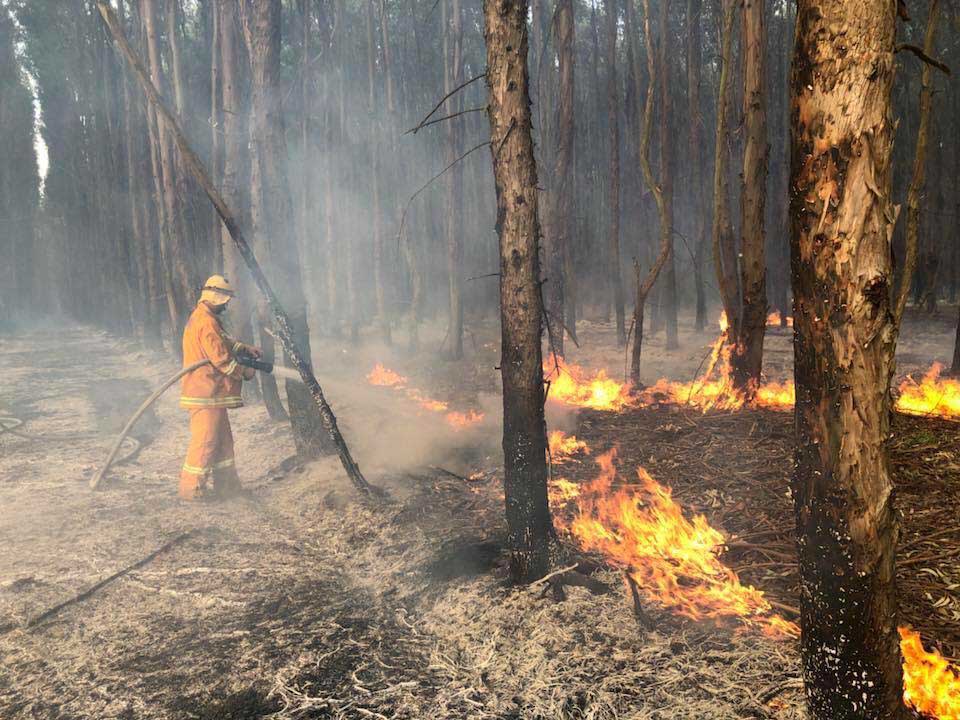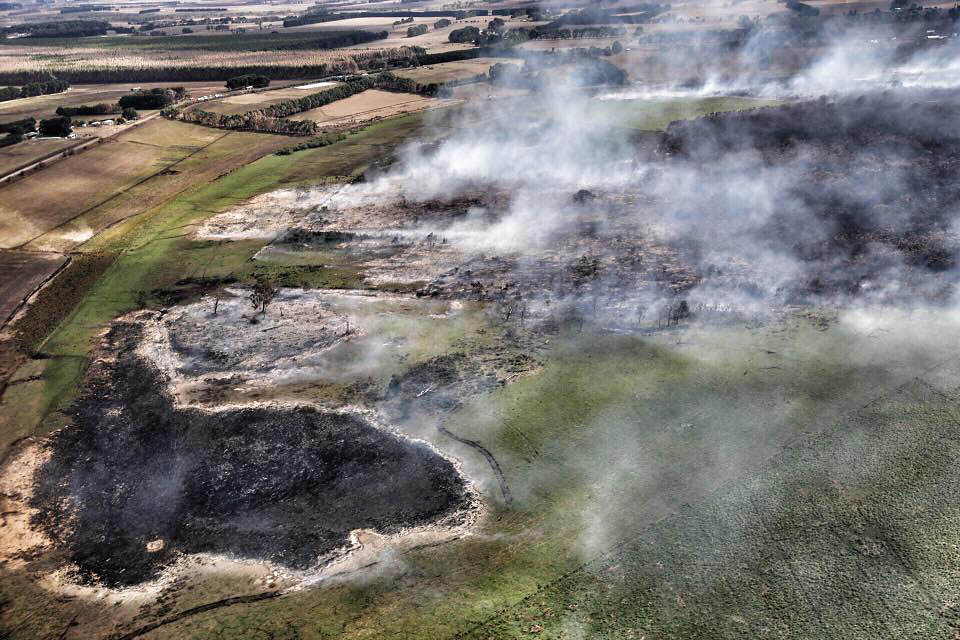
On St Patrick’s Day 2018 CFA brigades in the state’s south west were on high alert.
With the temperature soaring, winds forecasted to rise to dangerous levels and a Total Fire Ban in place, firefighters and incident management teams stood ready in case the unthinkable happened.
Between 9pm and 9.30pm on that Saturday, their worst fears were realised when a series of local wind events impacted power lines, sparking fires around Terang, Camperdown, Garvoc and Gazette. From there things happened quickly. By 10pm, firefighters were battling more than 20 grassfires.
Fanned by hot, dry, gusting 100 kilometre per hour northerly winds, the fires merged into four large complex fires, some of the largest many veteran firefighters had seen. In addition to the weather, the firefight was made even more challenging by the darkness and telecommunications outages.
The fires would go on to burn 40,000 hectares including farmland and wildlife reserves. As the last of the fires were contained, 27 homes and 40 sheds and thousands of kilometres of fencing would be deemed lost. More than 219 farms were impacted with livestock losses surpassing 4,000 and tonnes of fodder destroyed.

After the main threat subsided, attention moved to control of more than 10 subsequent peat fires including three near Cobrico and Lake Elingamite. These peat fires would go on to become long-duration fire fights, burning for more than 50 days, before finally being declared safe on 10 May.
More than 300 firefighters and 29 firefighting aircraft were used to control the fires as they threatened lives and farmer’s livelihoods. At least 26 agencies were involved over the lifetime of the fires, including interstate support.

After the fires, communities regrouped and supported affected locals – mental health support and agriculture assistance was a focus for recovery. Soil damage from peat fires affected many farmers, and innovative drone technology was used to treat and reseed pastures around peat swamps, restoring the areas into productive farmland.
Local health networks, farming groups and local government areas were supported by state agencies for many months to take the community to a new normal state of functioning.
But recovery after large-scale fires is a long process. The St Patrick’s Day fires of 2018 had a significant impact on communities across south west Victoria, particularly from an economic and social standpoint. They continue to recover, even today, as they rebuild their farms, stock and livelihoods.